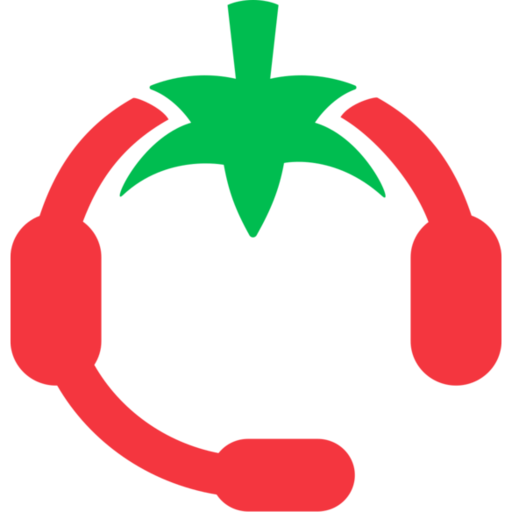What is Occupancy Rate?
Occupancy rate is a call center metric that measures the percentage of an agent’s time spent handling calls or performing after-call work compared to their total available time. It helps gauge how efficiently agents are being utilized.
Why Occupancy Rate Matters
– Indicates agent productivity and efficiency
– Helps balance workloads and prevent burnout
– Affects staffing, scheduling, and service levels
How to Calculate Occupancy Rate
Occupancy Rate = (Talk Time + After-Call Work Time) / (Total Logged-In Time – Break Time) × 100
A high occupancy rate indicates agents are spending more time handling customer interactions, while a low rate suggests underutilization.
Ideal Occupancy Rate for Call Centers
An optimal occupancy rate typically ranges between 75% and 85%. Anything above 90% may indicate agent burnout, while below 70% may reflect overstaffing or low call volume.
Types of Occupancy Metrics
Agent-Level Occupancy
Tracks occupancy for individual agents, useful for performance reviews.
Team-Level Occupancy
Averages occupancy across teams or shifts to assess overall efficiency.
Channel-Specific Occupancy
Breaks down occupancy by voice, chat, or email support channels.
How to Improve Occupancy Rate
– Forecast call volume accurately
– Implement dynamic scheduling and shift adjustments
– Cross-train agents for multichannel support
– Use real-time monitoring and analytics tools
Related Topics for Further Reading
– AHT (Average Handle Time)
– Idle Time
– Schedule Adherence
– Real-Time Monitoring
– Workforce Management (WFM)

